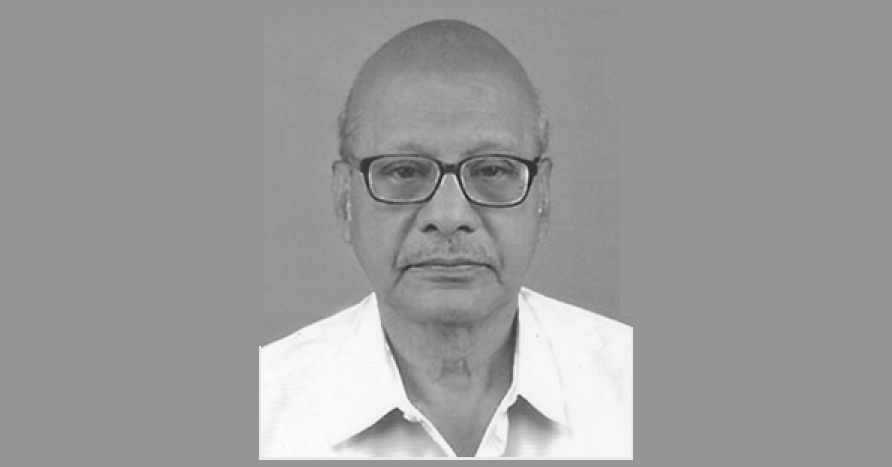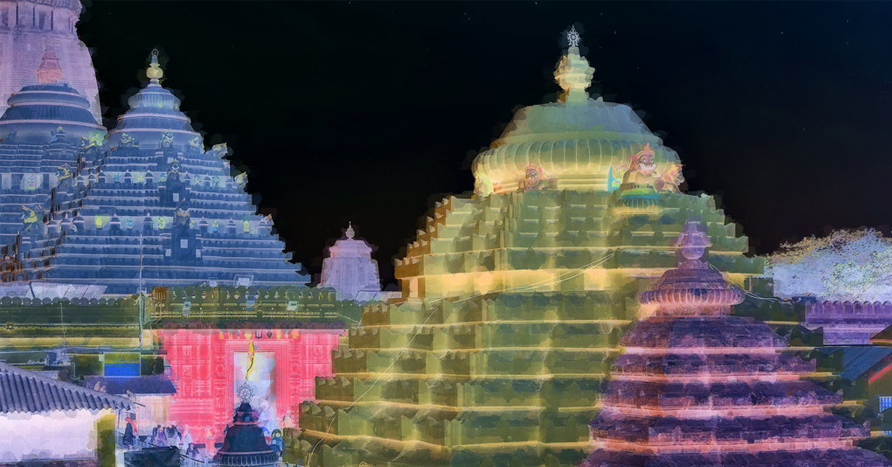N. Anandam
Rationalist Writer
Continuing from the previous issue
In the tenth chapter it says that by faith, by virtue and energy, by deep contemplation and vision, by wisdom and by action we can overcome the sorrows of life.
Thus, Dhammapada makes a clear call to rouse oneself from the life of sloth, indolence and thoughtlessness of the common man to achieve that greatest of all conquest, the conquest of self, to escape from snares of evil passions, lust, hatred and anger. It does not mention any rites, rituals and ceremonies to be followed. It helps man to distinguish what is good and beautiful from what is evil and ugly, what is true from what is false. It only shows the path to lead a virtuous life in this world.
Further, the sermon made by Buddha at Beneras is illuminating. He said that neither abstinence from fish or flesh, nor going naked, nor shaving the head, nor wearing matted hair nor dressing in a rough garment, nor covering oneself with dirt, nor sacrificing to agni, will cleanse a man who is not free from delusions.
Reading the Vedas, making offerings to priests, or sacrifices to the Gods, self mortification by heat or cold and many such penances performed for the sake of immortality, these do not cleanse the man who is not free from delusions.
Anger, drunkenness, obstinacy, bigotry, deception, envy, self-praise, disparaging others, superciliousness and evil intentions constitute uncleanness.
Buddha urged his disciples to avoid the two extremes of sensual pleasure and self-mortification and to follow the middle course.
The teachings of Buddha slowly spread in the Indian society from 5th BCE onwards. In the 3rd BCE, the great king Asoka put Buddha’s teaching into practice on kingly scale. By his sincere effort, Buddha’s teachings spread not only in India but also in the neighbouring countries. Buddha’s teachings became popular in Indian society.
However, during the second century (CE), a few wrong steps taken by a few Buddhist followers led to disintegration of Buddhist ideologies. During then, a few monks wanted to spread Buddhism among the common masses. To achieve that goal, they encouraged people to erect statues of Buddha in many places. They also attributed divinity to Gautama Buddha. This false information made people consider Buddha as a God and a saviour. These things made people worship the statue of Buddha. In this way, aberration took place to Buddha’s teachings. Idol worship, prayers and rituals became a part of Buddhism. This seemingly small deviation tainted the basic Buddhist ideologies. It shaked the very foundation of Buddhism.
Gautama Buddha never said that he was a divine person or divinely inspired person. He repeatedly said that he was an ordinary person but a knowledgeable person. He did not teach people to do prayers or to do any ritual to please God. While the truth is such, idol worship and prayers crept into Buddhism stealthily.
This deification of Gautama Buddha as God was not acceptable to a section of Buddhist followers. This is one of the reason for the split of Buddhism into two divisions i.e. Mahayana and Hinayana. Mahayana division attributes divinity to Gautama Buddha while Hinayana Buddhism does not attribute divinity to Buddha.
Buddhism began to degenerate from 7th century C.E. onwards, mainly due to the thoughtlessness of the people. During then a section of people found it difficult to follow precepts of Buddhism. They failed to realise the importance of free enquiry and free thinking. They were easygoing and careless. They were ready to do prayers and ceremonies since it was easy for them to do that. Consequently, Buddhism also became a religion full of prayers and ceremonies quite different from what it had been during Asoka’s rule.
Buddhism faced different problem in India. In about 2nd century CE Brahmin priests felt that their income was affected by the spread of Buddhism. Secondly, Buddhism preached equality and condemned caste system. The idea of equality preached by Buddhism shaked the Brahmin’s hegemony in the Indian Society. So, Brahmins (Indus–Aryans)collectively conspired to destroy Buddhism. They acted cunningly. They pretended as if they absorbed Buddhist philosophy and ideals. To substantiate that, they made Buddha as one of the Gods of Hinduism. They described Buddha as the ninth incarnation of their God, Vishnu. They absorbed a few tenets such as non-violence and vegetarianism from Buddhism. Thus, they blurred the difference between Buddhism and Vedic Hindu religion.
To bring the Buddhist followers into the fold of Brahminic Hindu religion, Brahmins introduced many festivels and entertainments in their temples. These things tempted Indians to change their faith. However, Brahmins were keen to retain their superior status and safeguard their special privileges. Without knowing the evil objective of Brahmanism, large numbers of Indians became the members of Brahminic Hindu religion. Their conversion in large numbers weakened Buddhism in India. Later, Brahmins by using their political power destroyed Buddhism and Jainism by violent and brutal attacks. Consequently, Buddhism vanished in India.
Ignoring the teaching of Buddha by Indian people was a big historical blunder. Because, from then on, non-brahmins lost not only their freedom but also their political, social and economic rights. The entire social and economic power went into the hands of the Brahmins, who were only 5 per cent of the total population. The Brahmins kept priestly activities as their special privilege. Using this privilege, Brahmins exploited non-brahmins in numerous ways, mainly by making them perform numerous rites, rituals and ceremonies. Brahmins lived comfortably without doing any manual or mental work. They subdued non-brahmins by saying that the graded inequalities based on caste system was ‘God ordained’. In the name of religion and caste system, they denied basic rights to vaishyas and shudras who formed the majority. They treated them as slaves. Consequently, the lower castes remained ignorant and lived like imbeciles.
The Indian society was controlled and administered completely by the Brahmins, for the Brahmins. The Hindu kings were puppets in the hands of Brahmins. They ruled over their subjects as per the rule laid down by the Brahmins. In short, Brahmins ruled the Indian society. They made Hindu religion’s sole objective as upholding caste system and inequalities. Accordingly, Hindus had to treat Brahmins as God and non-brahmins (Vaishya and Shudra) as slaves.
In about tenth century caste system established well in Indian society. Its evil effect was devastating. The people became fatalistic. They lost the passion to realise truth by enquiry. Consequently, Indian society became static and sterile in all fronts. The static condition continued for several centuries. This condition was disturbed during 19th and 20th centuries. Because, during then, the British government enforced the concept of equality in all fronts. It enacted common law applicable to all irrespective of one’s caste and religion. It eradicated many evils that existed in the name of caste system and religion. These things caused good changes in the Indian society.
The evil effect of caste system and brahminical Hindu religion is being felt even now. In the Indian society, majority have blind faith in idol worship, caste system and Brahminical rituals. In addition, majority are slaves to numerous superstitions such as cow worship, astrology, numerology, vastu and so on. How to change their mindset and make them act based on reason? This is the major problem of the Indian society.
To change this condition, developing the spirit of inquiry is the right means. Thinkers and social reformers should stir the minds of the people with new ideas. They should spread the spirit of inquiry with vigour. Stimulating inquiry on various subjects including religious values will awaken the Indian society from its slumber. In other words, Indian society needs to absorb the original teachings of Gautama Buddha.




